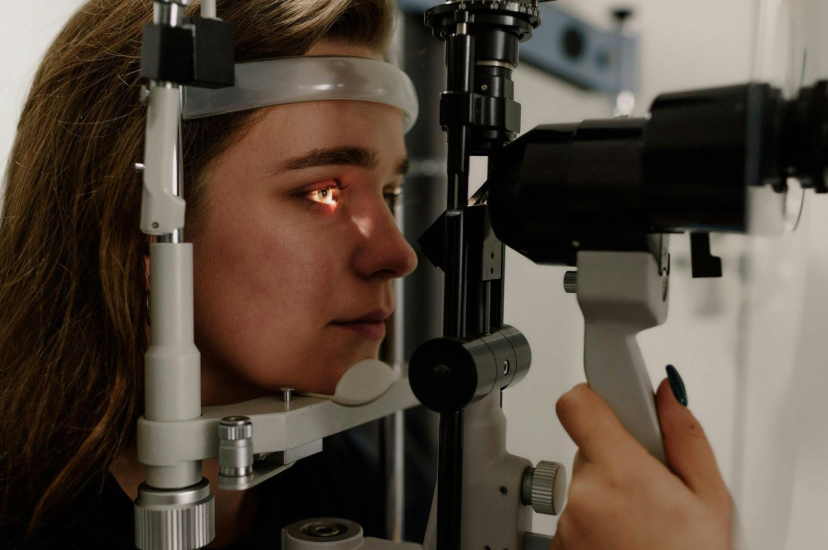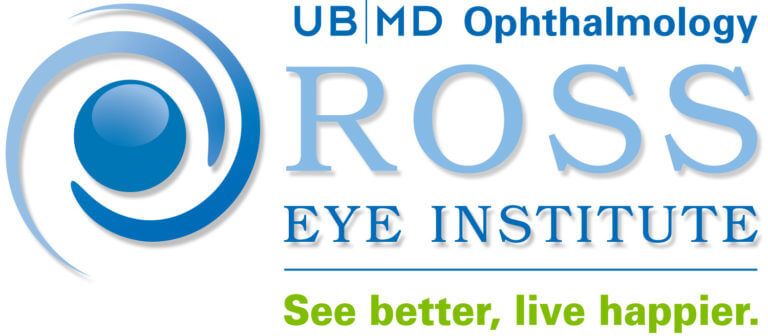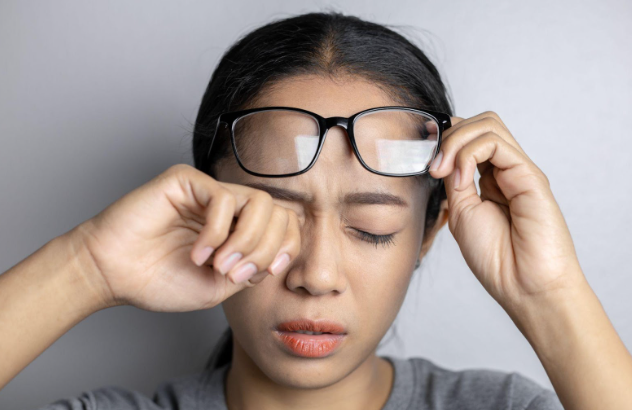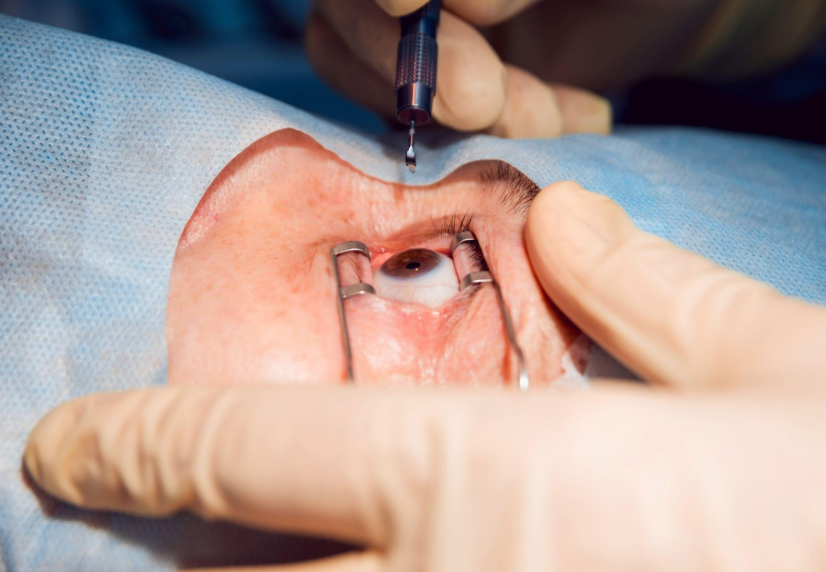A Comprehensive Guide to Intense Pulsed Light (IPL) Therapy
A Comprehensive Guide to Intense Pulsed Light (IPL) Therapy

Intense Pulsed Light (IPL) therapy has emerged as a popular treatment option for various skin and eye conditions, including dry eye disease and ocular rosacea. Unlike traditional laser treatments, IPL uses broad-spectrum light to target problem areas, making it versatile and minimally invasive.
Let’s explore what IPL therapy is, how it works, its benefits, and what to expect during treatment.
What Is Intense Pulsed Light Therapy?
Intense Pulsed Light (IPL) therapy is a non-invasive procedure that uses high-intensity light pulses to treat inflammation. IPL emits multiple wavelengths of light that penetrate the skin or affected area, targeting specific cells without damaging the surrounding tissue.
The technology has gained popularity for its ability to improve skin appearance and provide relief for eye conditions, offering a simple and relatively painless treatment option.
How IPL Therapy Works
IPL therapy involves directing controlled pulses of light to the target area. The light energy is absorbed by pigmented cells, blood vessels, or inflamed tissues, reducing symptoms and promoting healing. For dry eye disease, the therapy specifically targets ocular inflammation and the meibomian glands, which are responsible for producing the oily layer of the tear film. IPL reduces inflammation and stimulates these glands, restoring normal tear production and relieving dryness, burning, and redness.
The process typically involves applying a cooling gel to the treatment area, followed by the delivery of light pulses through a handheld device. It is generally quick, taking about 20 to 30 minutes, depending on the treatment area. For dry eye disease, IPL technology is recommended in 4 treatment series scheduled 2-4 weeks apart.
The Benefits of IPL Therapy
IPL therapy provides several benefits, particularly for individuals with skin conditions or chronic dry eye disease. For skin treatments, IPL can improve the appearance of sun damage, age spots, and acne scars by targeting the underlying causes of these issues. When used for dry eye disease, it reduces inflammation around the eyelids, improves the function of the meibomian glands, and improves overall eye comfort.
A significant advantage of the procedure is its non-invasive nature, requiring no incisions or downtime. The majority of patients can resume their usual routines shortly after treatment. Also, IPL is customizable; the settings can be adjusted based on the patient’s skin type and specific needs, allowing for a tailored approach that maximizes effectiveness.
IPL Therapy for Dry Eye Disease
Dry eyes occur when the eyes fail to generate enough tears or when tears dry out too rapidly. This can lead to symptoms such as irritation, blurred vision, and a feeling of grittiness in the eyes. IPL therapy has become an increasingly popular treatment for this condition, especially in cases linked to meibomian gland dysfunction.
The therapy reduces inflammation and improves the flow of oil from the meibomian glands, which is necessary for maintaining a healthy tear film. The light pulses penetrate the skin and eyelid tissues, targeting the root cause of dry eye symptoms. Patients who undergo IPL treatment for dry eye disease often experience significant improvement in symptoms and quality of life.
What to Expect during an IPL Treatment
During an IPL session, the patient is seated comfortably while protective eyewear shields their eyes from the light. A cooling gel is applied to the skin, which helps protect the area and allows the light to penetrate more effectively. The healthcare provider then uses a handheld device to deliver light pulses to the target area.
Patients might experience a mild sensation akin to the snapping of an elastic band during each pulse, though the procedure is typically comfortable. After the session, some redness or mild swelling may occur, but these effects typically subside within a few hours. The treatment is relatively quick, and most patients can resume their normal activities immediately.
Frequency of IPL Treatments
The number of IPL treatments needed varies depending on the condition and the patient’s individual response. For dry eye disease, a typical course may involve four sessions spaced several weeks apart. Regular maintenance treatments are typically recommended every 6 months to a year for follow-ups to help preserve the benefits.
For skin-related issues, the frequency of treatments may differ, and a tailored plan is usually developed based on the patient’s specific skin type and concerns. The healthcare provider will guide the patient on the optimal schedule for achieving the best results.
Potential Side Effects and Safety Considerations
IPL therapy is generally deemed safe when administered by a skilled practitioner. However, some potential side effects include redness, mild swelling, and temporary changes in skin pigmentation. These effects are usually short-lived and resolve without the need for intervention.
It is necessary to have a thorough consultation before starting IPL therapy to ensure it is the right option for your condition. Patients with certain skin types, underlying medical conditions, or those who are pregnant may not be suitable candidates for IPL treatment.
Choosing the Right IPL Provider
Since IPL is a specialized treatment, a professional evaluation is important. Look for an ophthalmologist or optometrist with experience in ocular IPL applications, and ask about their success rates and patient satisfaction levels. During your consultation, inquire about the provider’s experience, the technology they use, and any specific post-treatment recommendations.
Experience the transformative power of IPL therapy with us at
Ross Eye Institute. Our expert team is dedicated to providing personalized care for various eye conditions, including dry eye disease.
Schedule your consultation today and discover how IPL can improve your eye health and comfort. Don't let eye problems affect your quality of life—take action now.











